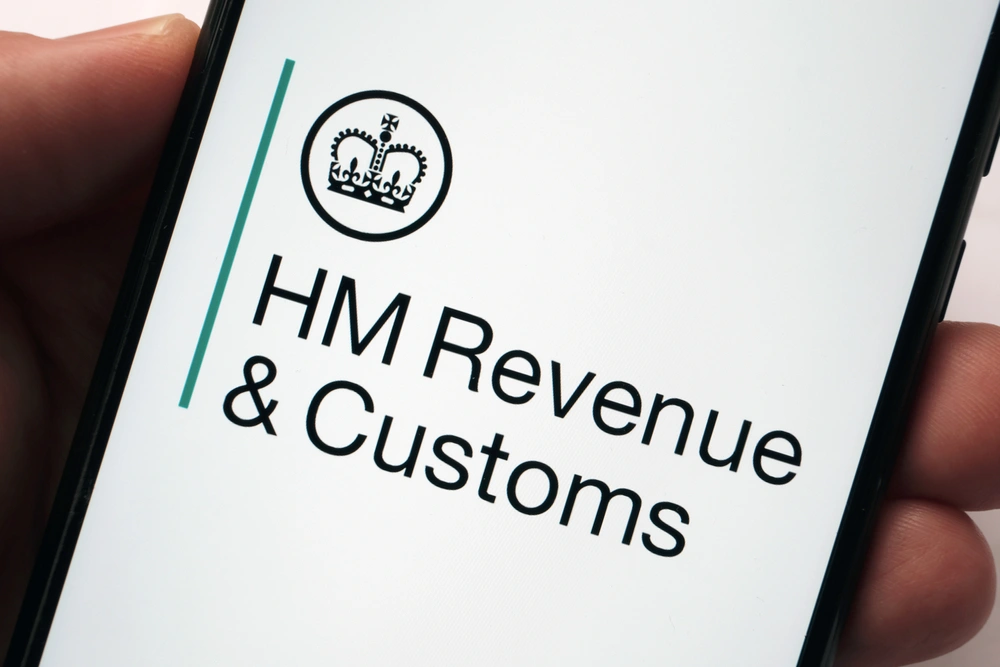APR can be a confusing financial term to get to grips with. But it’s important that you understand what it means before you take out any credit.
Typically, the higher the APR, the more interest you’ll pay – so the more it will cost to repay what you borrow overall.
If you’re unsure what this means – don’t panic. We’ll take a look at what APR means and explore the ways to improve your chances of being accepted at a lower rate.
What is an APR?
APR stands for Annual Percentage Rate and you’ll always see it quoted when you look at any credit products like credit cards, loans and mortgages. It simply refers to the annual cost of borrowing with that product, including the interest you’d pay if you were borrowing for a year, as well as any other arrangement fees and charges that may apply.
Lenders have to display the APR for their products by law. This is so you can easily compare the cost of borrowing between lenders.
A representative APR is the term you’ll commonly see advertised on credit cards and loans. The ‘representative’ means this is the rate that at least 51% of people accepted for that product are offered.
But if you’re accepted, you might fall within the remaining 49% – this means you may be offered a different rate than advertised. Of course, this will depend on your circumstances and credit history – we’ll explain how this works later.
Let’s break it down
Let’s say you take out a £1,000 loan for one year with an APR of 15%. The cost of the loan over the year is £150. So including the amount you’ve borrowed, you would have to repay a total of £1,150.
Applying for a credit card or loan with a low APR means that it would cost you less overall to borrow than if you borrowed with a high APR. So when it comes to APRs lower is better!
But just how easy is it be accepted for the lowest rates? Let’s take a look at what lenders consider when you apply for credit.
How do I get the best APR?
Typically, products with low APRs (including credit cards with 0% promotional periods) are reserved for those with good credit histories.
If you’ve struggled to keep up with your repayments in the past, you might still be accepted for credit, but offered a higher APR. This is because lenders are more likely to see you as a ‘risky’ borrower’, based on how you’ve managed credit in the past.
Improve your credit history
With this in mind, to give you the best possible chance of securing a competitive interest rate, it’s important to check your credit history to see what it’s saying about you. You can do this by signing up to one of the free credit checking services such as CredAbility.
This way you can make sure that everything is correct and up-to-date, and you can see what lenders are looking at when they credit check you. Remember even a small error could affect your application for credit.
If you have poor credit, don’t panic! There are ways you can improve your credit history. One way of doing this is by applying for a credit builder credit card.
When used responsibly, a credit card can be a sensible way of spreading the cost of your spending, while building up your credit history. You might find it easier to get accepted for a credit card with a higher APR if you’ve got a patchy credit history. And as long as you clear your balance in full on time each month, you will not pay any interest on the money you borrow.
For tips on how to get your credit history back into shape, check out our guide on quick ways to improve your credit score.
Disclaimer: We make every effort to ensure that content is correct at the time of publication. Please note that information published on this website does not constitute financial advice, and we aren’t responsible for the content of any external sites.








